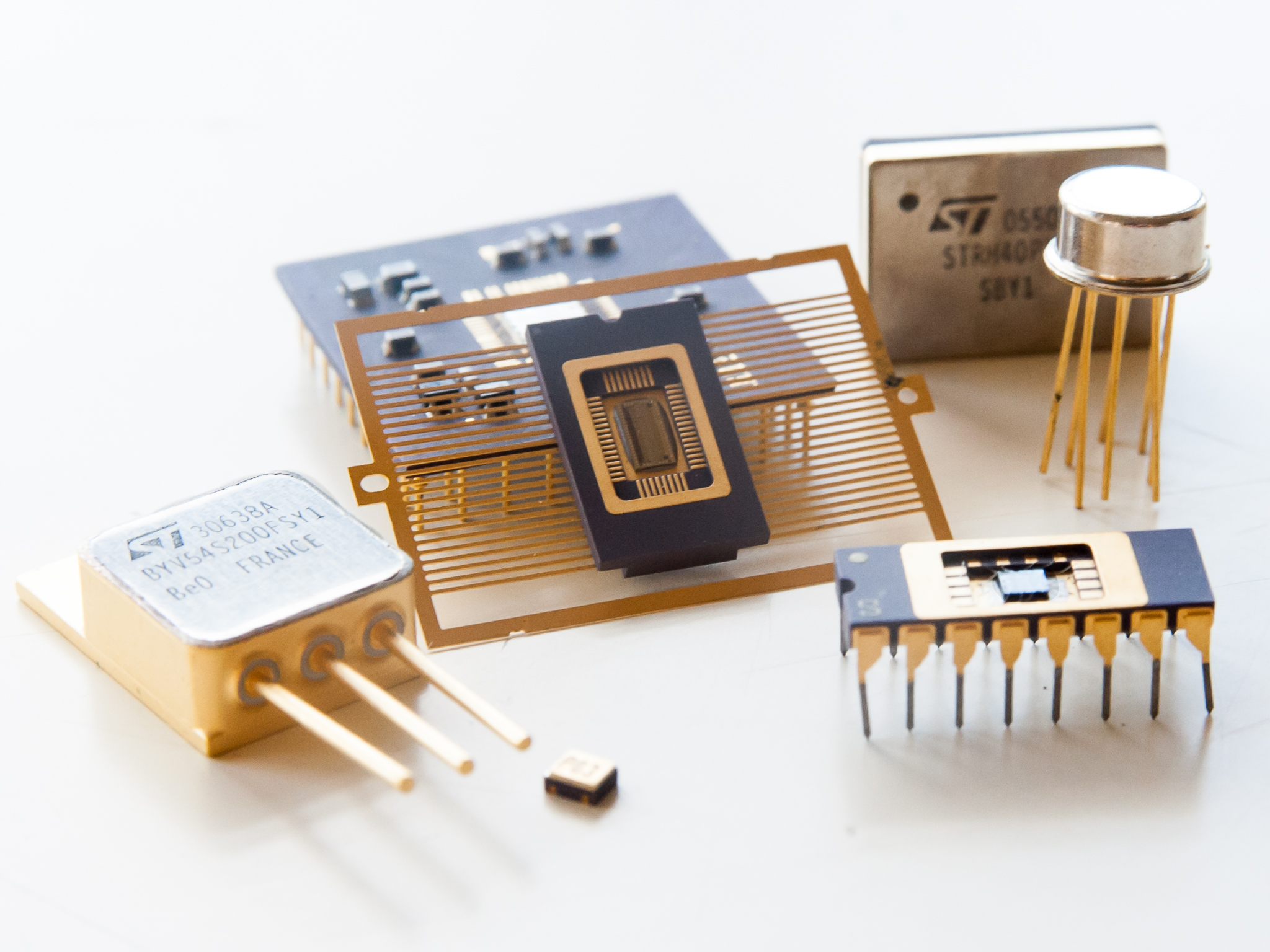Tom's Hardware Visits STMicroelectronics In Rennes, France
A Little French National Pride
It was hard for us to maintain our objectivity while doing this article. Seeing a French semiconductor plant that not only has phenomenal future potential, but also expertise that makes it almost impossible to relocate offshore ignited our enthusiasm. We often write about GlobalFoundries, Intel, Foxconn, or TSMC; but for once, we can talk about our own STMicroelectronics Rennes—a site that excels in a rapidly expanding niche market.
We might be criticized for showing such national pride, but maybe we can be forgiven since the French site’s success stems from its having adapted to the constraints of globalization. Obviously, the site no longer resembles what it was before the 2000s, but the fact is that no semiconductor fab looks like what it did 10 years ago. The realities of the market are cruel and impartial. Its axioms are profitability and productivity, and they hold sway without discrimination or considerations of a moral and social nature. The idea that a small European front end can and must rival the Asian fabs that have been built in the past 10 years is ridiculous and dangerous.
Instead of doing what it did in the past or closing its doors completely, the Rennes site invested in what made it unique. We can’t talk about this issue without citing the paper on modern economic theory by Karla Hoff and Joseph Stiglitz, published by the World Bank, which shows that the developed countries will remain competitive by accumulating highly skilled labor. They can no longer compete with the developing countries, where the low cost of living makes very low average wages possible. The only solution for the developed countries is to have ultraspecialized labor and expertise that can’t be found anywhere else. That’s exactly what accounts for the success of the Rennes site, and there’s good reason to be proud of it.
Get Tom's Hardware's best news and in-depth reviews, straight to your inbox.
Current page: A Little French National Pride
Prev Page Perspectives For The Future-
Scionyde "The poor overall economic picture and pessimistic approach newspapers like to take in speaking of the electronics industry in France would lead you to think that that scenario is utopian at best."Reply
Maybe I'm missing something obvious, but isn't 'utopian' the exact opposite of the word you were intending to use there? -
vancedecker This is really cool. A totally unexpected article in the swamp of cell phone reviews and press releases, on other sites...Reply -
army_ant7 @ScionydeReply
I'm thinking that "utopian" was used in a way to mean something highly unachievable, unlikely, or unfeasible. I'm not sure how that would apply though and I can't speak for the author. I'm not sure if this helps explain that... -
vaughn2k "Once the die is mounted in its case, the wires must be soldered to connect the chip and the pins. This operation can seem archaic compared with the processors used in PCs or smartphones, whose dies are connected via direct contact with bumps on their epoxy carriers." - The wire is not soldered to the pins but welded using an ultrasonic force + power - or Ultrasonic wirebonding. The head of the tool where the wire (either it is an Al or Au wire) comes out, generates this combination of ulrasonic energy to be able to connect the die pad and pins. If an Au wire is used, the process adds a thermal property, which is also called thermosonic bonding. CPU and smart phone chips (and virtually all chips) uses the same process. However, most assembly uses Au wire or Cu wire, instead of Al wire. Another process that is used o intorconnect chips to substrate is called flip-chip bonding, or soldering or ILB (inner lead bonding), and then going into the process of underfilling, to protect these interconnects.Reply -
vaughn2k "The testing also checks for the presence of particles inside the packages" - It is called PIND test (Particle Impact Noise Detection). It is in MIL-STD 883E method 2020.8 -- ;)Reply -
WyomingKnott What double-post? I don't see one.Reply
More practically, you should be able to delete your own post by going to the forum version of the comments. Click on the blue icon with quotation marks, full-edit the duplicate post, and there should be a delete button. -
Hey, and what about Goodram? Isn't it the last european based manufacturer of ram, flash, ssd etc? Can you please make a small trip there as well?Reply
